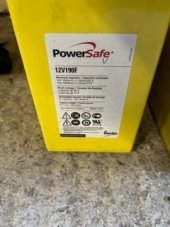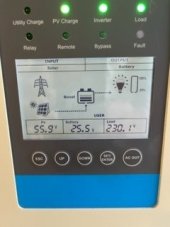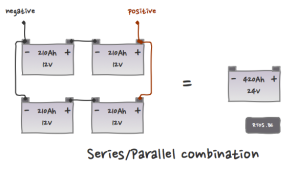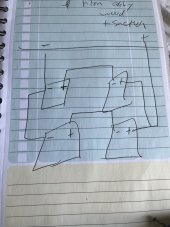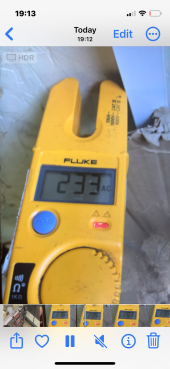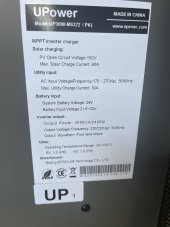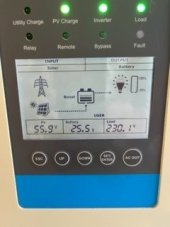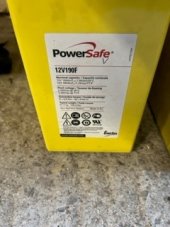andyriches
New Member
So i ended up getting the below
1kw complete solar system . The system consists of 4x250w panels 1x EPEver 2.4kwh continuous discharge hybrid none grid tied inverter.
The batteries i have are power safe 195APH and i have 4 of them.`
That's the inverter below.
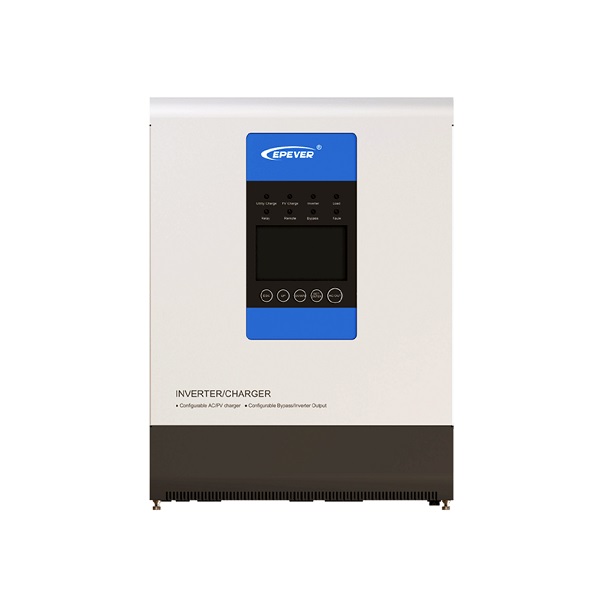
 www.sunstore.co.uk
www.sunstore.co.uk

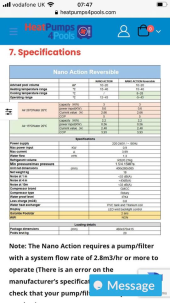
I have it all wired in now and all was good till i tried to run the heat pump, it turns on and runs but the compressor is quite noisy and it kills the battery's in a matter of 10/15 mins.
I thought i would have a good few hours running from them, it was drawing about 4 amps but the charge state fell very quick, but soon picked up again once the heat pump was turned off, its not a big heat pump, around 900 w.
Do i need a bigger battery bank ? We have some more power safe batteries i can get hold of but these are 12v 65aph and am i correct in saying you cant mix the APH in batteries ?
It is running the water flow pump with no issues at all, the guy who i got it from had it running his hot tub which will draw way more than my heat pump so i can only think its the batteries ?
Any help or ideas would be great
1kw complete solar system . The system consists of 4x250w panels 1x EPEver 2.4kwh continuous discharge hybrid none grid tied inverter.
The batteries i have are power safe 195APH and i have 4 of them.`
That's the inverter below.

EPEVER UP3000-M6322 24v 2400w inverter charger - Sunstore Solar
EPEVER UP3000-M6322 24v 2400w inverter charger The UPower series is a new type of the inverter/charger combining with solar & utility charging and AC output.
 www.sunstore.co.uk
www.sunstore.co.uk


I have it all wired in now and all was good till i tried to run the heat pump, it turns on and runs but the compressor is quite noisy and it kills the battery's in a matter of 10/15 mins.
I thought i would have a good few hours running from them, it was drawing about 4 amps but the charge state fell very quick, but soon picked up again once the heat pump was turned off, its not a big heat pump, around 900 w.
Do i need a bigger battery bank ? We have some more power safe batteries i can get hold of but these are 12v 65aph and am i correct in saying you cant mix the APH in batteries ?
It is running the water flow pump with no issues at all, the guy who i got it from had it running his hot tub which will draw way more than my heat pump so i can only think its the batteries ?
Any help or ideas would be great




